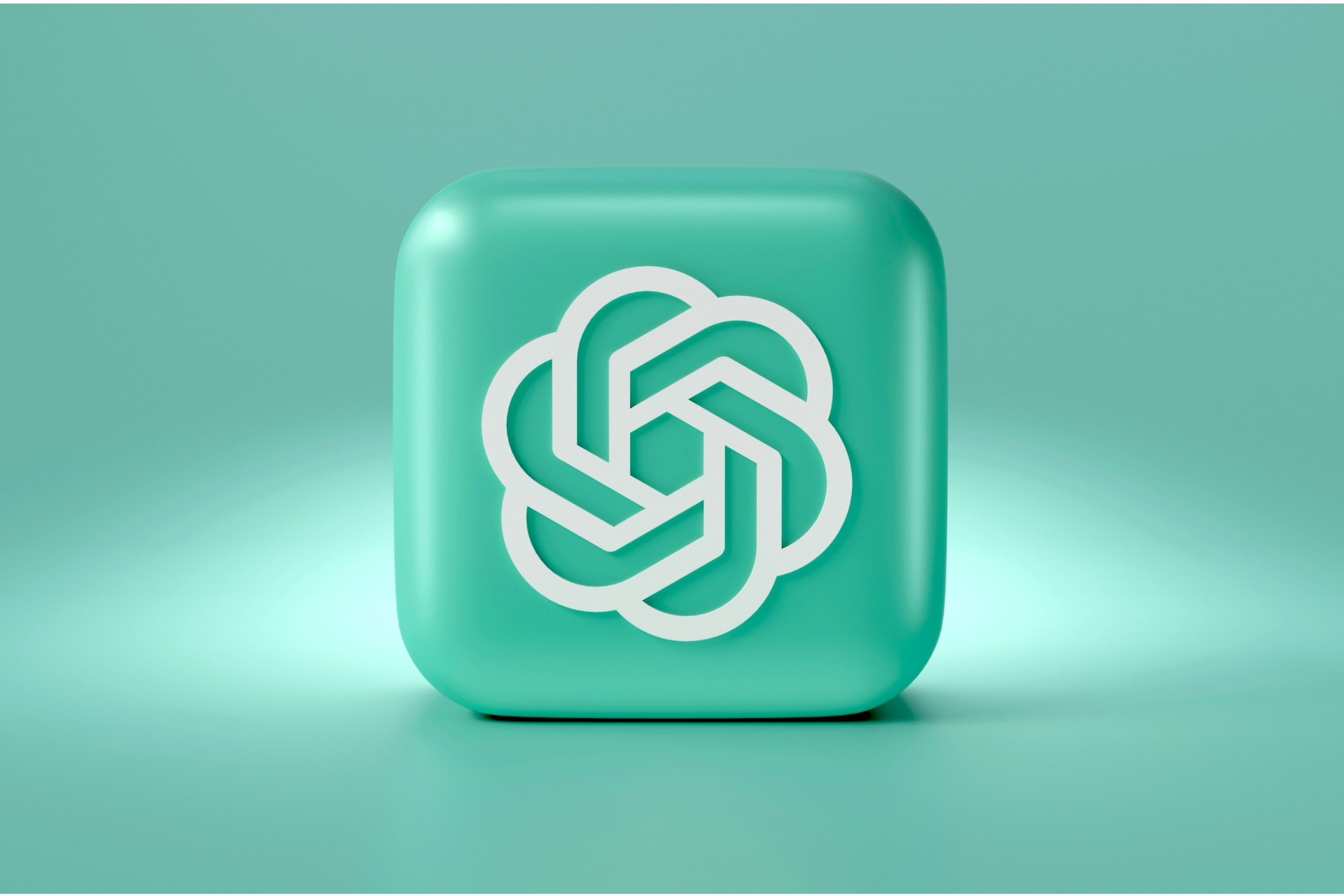Forty billion dollars buys more than computational power.
Oracle's commitment to purchase 400,000 Nvidia GB200 GPUs under a 15-year agreement tells a different story than OpenAI's public messaging about democratizing AI access.
The numbers reveal the real strategy.
When Sam Altman promises to "give everybody on Earth like a free copy of GPT-5" while simultaneously securing infrastructure investments exceeding Oracle's entire 2024 cloud services revenue, something deeper is happening.
I see this as the most sophisticated competitive moat construction in tech history.
The Unification Play
GPT-5 combines traditional models with reasoning capabilities like o3, eliminating the need to switch between different AI systems for various tasks.
This technical consolidation mirrors the business strategy. OpenAI is building a unified intelligence platform while competitors fragment across specialized models.
The infrastructure investment supports this unification at unprecedented scale.
Free Access as Market Control
The democratization narrative masks a control strategy. By offering unlimited free access to basic GPT-5 functionality while reserving higher intelligence levels for paid subscribers, OpenAI creates a dependency funnel.
Free users become advocates. Paid users become locked into the intelligence hierarchy.
The $40 billion infrastructure investment ensures no competitor can match this scale of free access while maintaining service quality.
Infrastructure as Competitive Weapon
The Oracle partnership delivers more than computational capacity. It creates an insurmountable barrier to entry for competitors attempting similar democratization strategies.
Running free AI models at global scale requires infrastructure investments most companies cannot justify. OpenAI's 15-year commitment with Oracle locks in this advantage before competitors can respond.
The timing reveals strategic thinking. GPT-5's August 2025 release coincides with infrastructure coming online, suggesting coordinated execution rather than reactive scaling.
The Prediction
I expect three outcomes from this strategy:
First, competitors will struggle to offer comparable free access, forcing them into premium-only positioning that limits market reach.
Second, OpenAI's user base will expand exponentially as free access removes adoption barriers, creating network effects that compound their advantage.
Third, the intelligence tier system will generate sustainable revenue from users who experience the free version's capabilities and want more.
The $40 billion investment appears expensive until you consider the alternative: watching competitors democratize AI access while you optimize for quarterly profits.
OpenAI is playing a longer game. The infrastructure investment secures market position for the next decade while their democratization strategy eliminates competitor growth paths.
This is how you win an industry transformation.



